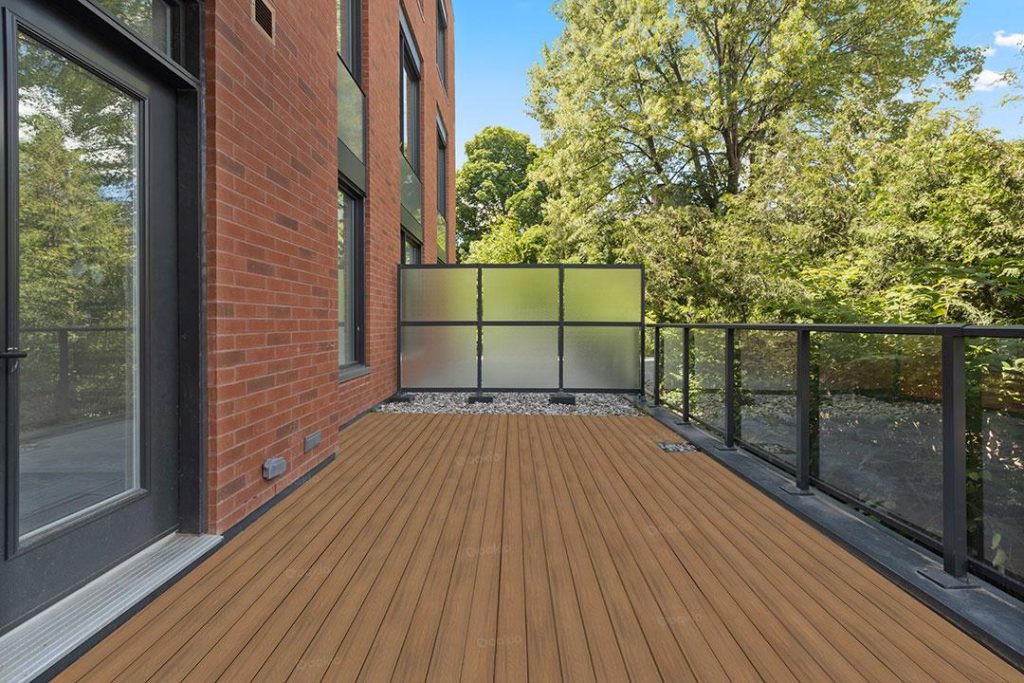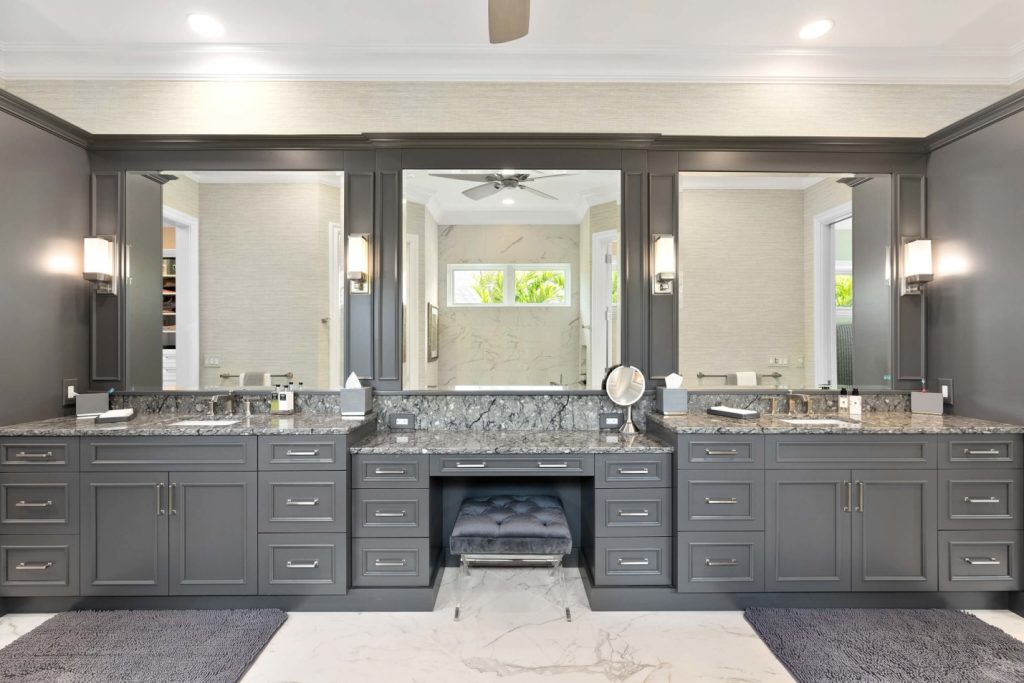Many families face difficult choices when deciding on care options for aging loved ones. Two standard residential settings—memory care and assisted living—serve distinct needs but are often confused. This guide clarifies their key differences to help you make an informed choice.
Defining Memory Care
Memory care provides specialized support for individuals with Alzheimer’s disease, dementia, and other cognitive impairments. These communities focus on preserving cognitive function while addressing the behavioral, safety, and medical challenges of memory loss.
Memory care programs address the progressive nature of dementia through adapted environments, specialized staff training, and therapeutic approaches. This model developed in the 1990s when healthcare providers recognized that people with dementia needed fundamentally different care than traditional senior living offered.
Defining Assisted Living
Assisted living serves seniors who need help with daily activities but don’t require intensive medical care. These communities support tasks like medication management, bathing, dressing, and meals while promoting independence and social engagement.
The typical assisted living resident makes basic decisions, communicates needs, and joins community activities with minimal guidance. Residents generally maintain active social lives with substantial autonomy in their daily routines.
Physical Environment Differences
Memory care facilities feature specific design elements that are absent in assisted living settings. Memory care layouts include circular hallways without dead ends to reduce frustration, visual cues for navigation, and controlled sensory environments. Secured outdoor areas allow safe exploration, while memory boxes near room entrances help with identification.
Assisted living environments offer apartment-style living with more personal space and traditional layouts. Common areas focus on social interaction with fewer security measures, and residents enjoy greater freedom with personal furnishings and decorations.
Memory care incorporates security systems such as alarmed doors, keypad entries, and wearable location devices that balance safety with dignity.
Staffing and Program Differences
Memory care maintains higher staff-to-resident ratios—often 1:5 during day shifts compared to 1:12 in assisted living. Staff receive training in dementia communication, behavior management, and redirection techniques.
Activities in memory care focus on cognitive stimulation, multisensory experiences, and simplified tasks. Programs follow consistent daily schedules with reminiscence therapy and familiar life skills practice. This predictable routine helps residents feel secure despite cognitive challenges.
Assisted living activities center on social engagement, personal interests, and group events. These programs offer variety and spontaneity, encouraging continued learning and resident-directed planning.
Medical Support and Safety
Health monitoring differs significantly between these settings. Memory care provides comprehensive medication management, regular cognitive assessments, and specialized care for dementia symptoms. Staff follow protocols for behavioral changes and work with specialists as needed.
Safety features in memory care include exit control systems and staff trained in redirection for wandering. Environments eliminate confusing items and incorporate monitoring systems adapted for cognitive impairment.
Assisted living typically offers medication reminders, wellness checks, and coordination with residents’ physicians. Safety measures focus on emergency response systems and accessibility features rather than cognitive safety concerns.
Dining Experience
Dining approaches differ based on resident needs. Memory care dining features simplified food choices, contrast-colored plates for better food recognition, and sometimes finger foods for those with utensil difficulties. Staff provide appropriate eating assistance in calm, consistent settings.
Assisted living dining resembles restaurant service with multiple menu options in social dining rooms. Assistance remains minimal unless requested, and programs include special occasion meals with accommodations for preferences.
Cost Comparison
Specialized care in memory communities costs more than assisted living. Monthly median costs range from $5,000 to $8,500 for memory care, compared to $4,000 to $5,500 for assisted living.
This price difference reflects higher staff ratios, specialized training, security systems, therapeutic programming, and facility design. Insurance coverage remains similar for both options, with Medicare typically not covering either service.
Choosing the Right Option
Memory care becomes necessary when a person shows frequent confusion, wandering, difficulty following instructions, or significant behavioral changes. Those needing reminders for basic tasks, showing unsafe behaviors, or failing to recognize family members consistently benefit from memory care.
Assisted living works well for those who remain oriented to their surroundings, can request help when needed, and follow basic safety practices. People who maintain social awareness, manage medications with reminders and communicate needs clearly often thrive in this less restrictive setting.
Many communities now offer both services on a single campus, creating a continuum that allows easier transitions as needs change. These combination settings allow couples with different needs to stay close while providing familiar surroundings as care requirements evolve.
Making the Transition
When moving someone to memory care, personalizing their space with familiar items creates a sense of home. A life storybook helps staff make meaningful connections, while regular visiting schedules provide stability.
Sharing detailed preferences with staff and joining care planning meetings ensures personalized support during adjustment.Most residents adapt to their new environment within several weeks with proper support from staff and family.
Evaluating Quality
When assessing options, check state licensing compliance, staff turnover rates, and appropriate dementia care certification. Observe resident engagement and staff interactions during visits. Well-maintained environments and clear family communication practices indicate quality care.Visit facilities multiple times, including unscheduled visits, to see operations beyond formal tours.
Making Your Decision
The choice between memory care and assisted living depends on your loved one’s cognitive status, safety needs, and independence level. Consider both current and future needs, as cognitive conditions typically progress over time.
The right environment improves the quality of life for someone with memory impairment. Memory care provides structured support, specialized programming, and safety features that bring peace of mind during challenging transitions.




















